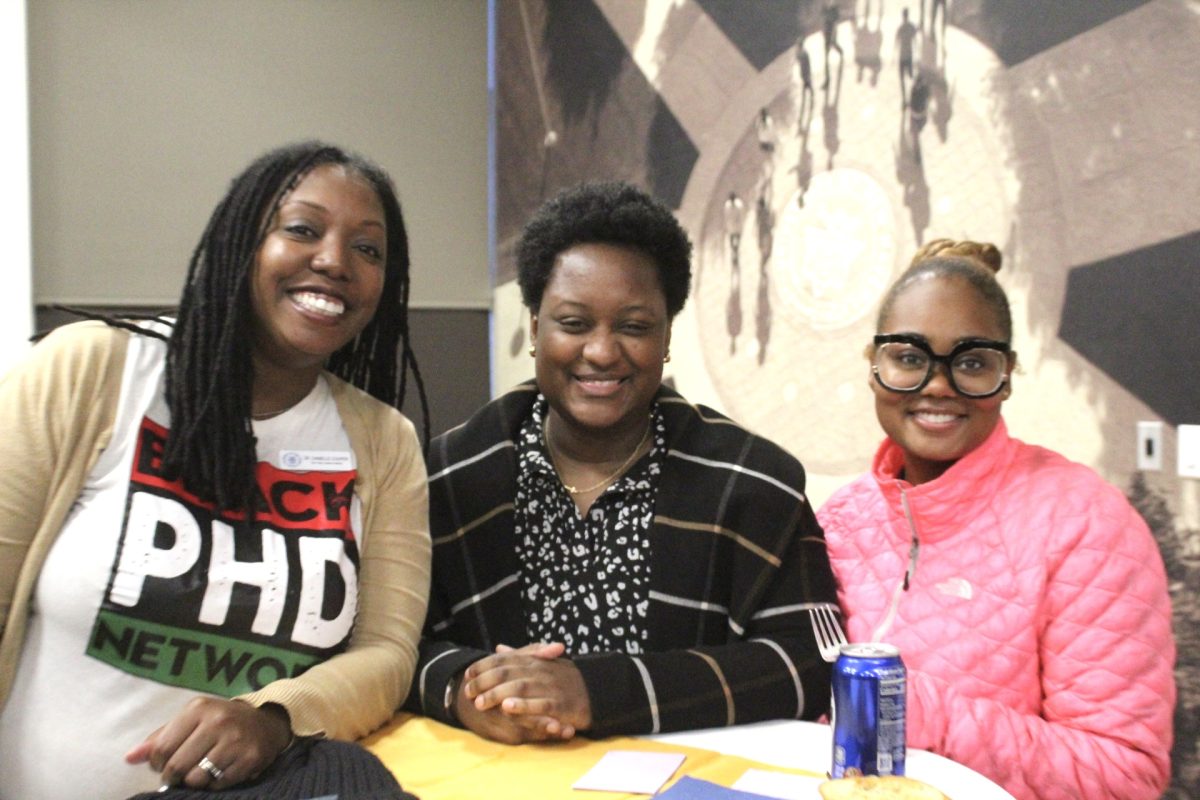Tis the season to be jolly, to spend way too much money, and to enjoy the holidays with the people you love. What better way to end the semester but to do a little research on some of the holidays that fall during this time of year. You can’t even watch TV without seeing some type of holiday special, holiday commercial, or commercials for stores who claim to have the lowest prices to make the holidays more affordable for those of us struggling this holiday season. So, let’s begin our dive into the most expensive month of all of our lives, shall we?
We begin with Christmas. Dec. 25 is the Christian holiday commonly where children wake up early, head for the tree, and see all of the presents left the night before from Santa. Where did all of the traditions come from? Christmas is actually a mix of both secular and religious traditions from around the world. In Sweden, the oldest daughter in each family rose early and woke the other family members to begin the day’s celebration. Norway is the birthplace of the Yule log. Also, the family fireplace, always incorporated in Christmas scenes, is because of the tradition of the Yule log. The first eggnog was made in 1607 in Jamestown, Virginia. Nog comes from the word grog, which refers to a drink made with rum. In Germany, decorating evergreen trees was always a tradition; the first “Christmas” tress appearing in Strasbourg. A minister from Mexico in 1828, brought the red-and-green plant to America, called the poinsettia. We can thank England for Christmas greeting cards, mistletoe, plum pudding, caroling, and of course the tradition of hanging stockings.
Hanukkah, also known as the Festival of Lights, is an eight-day Jewish holiday that usually takes place between late November and late December. It commemorates the victory of the Maccabees, a Jewish rebel army, over the Syrians in 165 B.C. So what are some of the traditions? The Menorah is lit on each night of Hanukkah, commemorating a miracle when the Jews came to rededicate the Temple which had been defiled by the Syrians, finding only one small flask of oil that lasted for eight days, even though there was only enough to last for one day. Latkes are potato pancakes made from grated potatoes. The Hanukkah Dreidel is a four sided spinning top with a Hebrew letter inscribed on each side. The game that is played goes back to the time before the Maccabees’ revolt, where the Jews gathered to study the Torah, but when they heard soldiers approaching they would hide it and play with the Dreidel instead as a cover.
Kwanzaa is a non-religious African American holiday which celebrates family, community, and culture. It is celebrated for seven days, Dec. 26 to Jan. 1. The name means “first fruits” in Swahili. Each family celebrates Kwanza in their own way, including celebrations of songs and dances.
African drums, storytelling, poetry reading, and a large traditional meal are just some of the customs. On each of the seven nights, each of the family gathers and a child lights one of the candles of the Kinara, followed by one of the seven principles being discussed. These principles signify values of African American culture.
No matter what you celebrate this season, every holiday is about one thing: family. So enjoy all of your time off from school and enjoy your time with your family. Happy Holidays everyone. See you next year.







